Gun Case Restoration Project
Created on April 30th 2020
So, in the spirit of being firmly “locked-down” it was time to take a look at one of those jobs that has just been sitting there since time began.

One such item, that just wouldn’t solve itself, was an old gun case that had a horrible crack running the full length of the lid. The case contains a beautifully preserved percussion, side by side 16 bore by George and John Dean circa 1850-51.


I purchased the gun some years ago and the crack has been just sitting there, taunting me ever since. Every time I thought about doing something to remedy it, something else would require urgent attention – putting off the inevitable. The crack ran the full width of the lid, along the back, within 1″ of the hinges. The repair needed to be strong enough to take the strain of firmly shutting the box and not simply separating under strain exerted upon it. Its origins? Probably a shrinkage crack as timber moves more across the grain than with it. Plus, just the fact that the thing is over 170 years old and now lives in a centrally heated house will have had a negative effect upon it.


The case is a genuine construct of the day with military corners and Scottish leather interior. Probably a walnut or rosewood. Then there is the biggest problem – in my experience. The crack actually disappeared under both brass corners at each side. This meant that they would have to be removed to fix the problem, as they were now effectively holding the crack open. These brass corners usually turn out to be a nightmare because they are hand fitted, and true to form they did not disappoint. They were fixed by brass screws; on each face of each corner – I lost (broke) one screw! This left at least three broken stubs in each side and two in the top. Then each of the hinges lost another screw – which were steel and longer. The challenge was growing with each degree of my involvement! (Butter fingers!)


Once the corners had been removed the rest of the construction started to show its weakness. The lid is partially lapped to form a joint with the sides of the same, being, at a maximum 1″ in depth and were coming away from the top. Eventually, I came to the horrible realisation that all the sides would have to be removed, so the joints could be cleaned and re-fixed. This things gonna get a lot worse before it gets any better …! This resulted in even more screw failure. By now I am starting to wonder if I had met my nemesis. It would have been very easy at this stage to just abandon hope and give up – especially, as I was separated from most of my good tools; they being shut away in the new, partially finished Bunker Mark II (soon to be opening) I was literally trying to do this with a blunt spoon and a pot of old glue. Steps were taken to resurrect the shameful collection of tools in my shed to give proper cutting edges and get better results. Even my oil-stone had a thumping great divot in it, caused by many years faithful usage – to the point that it had been stood down to second line of defence tooling.

All the time I was aware that the crack, which was not straight, would have to, in effect, be “cut out.” You can not effectively re-fix an old crack. Well, the repair will not hold – you need clean, dry, flat joining surfaces. It was at this point that I was able to employ a few more items of up-to-date technology, available through the wonder of a well know product delivery service. Firstly, I decided to remove all the broken screw stubs by drilling out plugs, which included the screws. Then, hand turned rosewood plugs were produced and clamped/glued back into the holes produced by removal of the broken screws. All gluing operations were left at least twelve hours to fully set before any more work was attempted.

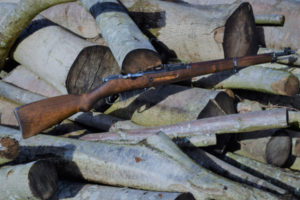
The best idea I could come up with in regard to actually fixing the original crack was biscuit jointing. Once again new cutter sourced and ordered. This fix had to be carried out in two stages as a slim piece of timber (once again produced with the aid of a hand plane as no modern thickness planers were available) was to be placed along the line of the original failure. The wandering crack consumed about 3/8″ of lid width, over its total length, although only at a maximum of 1/16″ of total gape at any one point. The faces of the crack had to be flattened off along its length and made parallel, in order to be able to fix a flat parallel piece of timber along its full length. By now I was starting to loose heart at this point and was taking less photographs, as I was starting believe that I was not actually going to be able to bring it to a satisfactory conclusion. Once the slither of new timber had been fitted to one side of the lid, it had to be close fitted before more joints were cut, as its final width was of some major importance once glued together. Bear in mind the lid fits over an upstand on the inside of the box to afford as simple level of water protection. Another problem which now showed itself, but, in truth, had been troubling me for some time was the realisation that the repair would also be disappearing underneath the military corner at each end of its extend. This meant that the original shape cut to accommodate the joints would now have to be re-cut as there was a slither of timber between the two surfaces putting it out of alignment – more chisel sharpening!

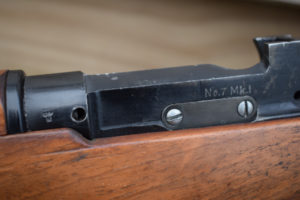
Eventually, and in-truth, it was only as I removed the last clamps and went to try the lid over the bottom half of the box, that I really started to feel that this was going to come off the right way up, and I would not have trashed a perfectly good, yet cracked gun case. Another little annoyance that had crept into the equation along the way, was the break down of all the dove-tailed corners! The hardwood timber used in the construction had become brittle and there were failures on each corner. All of them required attention to get them back together looking something like the skilled craftsmen who originally created this case wanted it to look like. In the end there were even a couple of rosewood implants made to cover up more loses that occurred during the disassembly. The one saving grace in using hardwoods such as these is that the grain is all very similar. It is close grain and highly workable with a sharp (if not ancient) chisel. They also all take stains very well and it is reasonably easy, if you use the professional products, to regain an even finish and colour match.
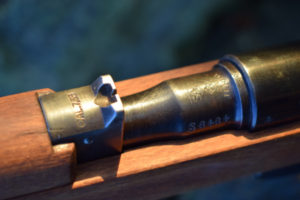
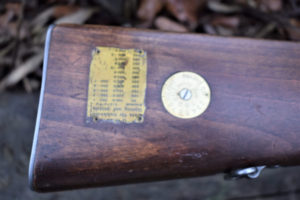
Once everything was reassembled and firmly glued back together, the finishing process can start in ernest. I mentioned at the beginning that the military corners can be a bit of a pain (understatement of the year!!) I have strong reason – through bitter experience – to believe that all these brass corners are not true 90 degree items. Old and new ones alike! It could be the cooling down process but I had expected the old ones to be better than the reproductions – there seems to be little difference. To aid my re-assembly process I had tried to record through simple markings, the position of each corner so that they did not become mixed. However, best laid plans of men etc, stain got on my marks and obliterated them. I chiselled bits off while cutting in the corners and eventually I had no idea which went where? Also, it now seemed that it was largely irrelevant, as disassembly and then reassembly of the whole structure, had rendered this clever idea, obsolete – none of them were the same shape as they had started! To the naked eye – it was fine, to the corner fitter – I was screwed!
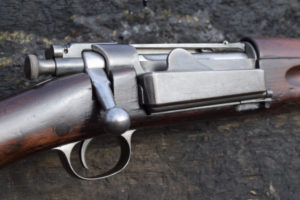
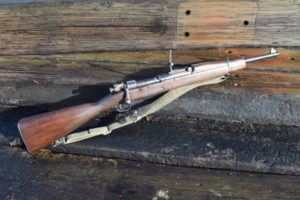
Luckily, there is a lot of material in the original corners, so much so, that eventually I realised if I overdrilled/re-countersunk the holes I might be able to save the day. I then used larger screws and filled them back to fit. Once again, being locked in my house meant that access to a wide range of screw sizes was limited. The file, rasp and a fine grade wood filler mixed with woodworking glue were the final components that allowed me to flatten off and close fit the corners flush with the timber, hopefully covering up all the evidence of my torrid journey through the restoration. A commercially available brass ageing fluid was used on the freshly cut corners after buffing them to a acceptable level. Spirit stains calmed the timber down to match in and French polish and a lot of elbow grease, wire wool and furniture polish brought the whole case to a satisfactory end. In the end I elected to leave the defects in the lid as they are. After-all, a case of this kind of age should have some defects, otherwise the overall effect will start to feel somewhat false.
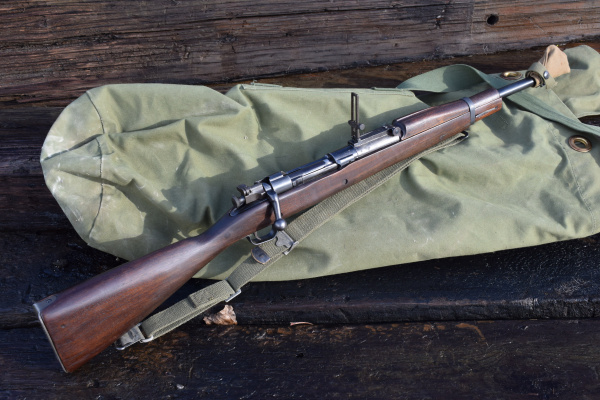
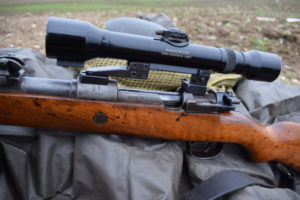
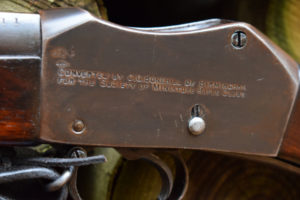
Moral of the story – Don’t start anything like this unless you are going to be shut in through lock down and you have lots of time on your hands. It brings sharply into focus the difference between the value we put on our time and skills as opposed to the values of the craftsmen who originally made things like this. A strange paradox has emerged with our labour saving gadgets somehow we have produced a situation where we are literally so pressed for time which our labour saving gadgets have produced for us, that, we dont have the time to concentrate of anything like this anymore, because nowadays, time is money. And, although people pay lip service to appreciating a fine piece of craftsmanship they still don’t want to pay for it. My feeling is that a job like this should have netted me something like £800. but in reality, it will just disappear into the final balance sheet and the accountant will write it off as a loss leader. Its still a nice way to spend three weeks in lock-down……. What to pull apart now….?
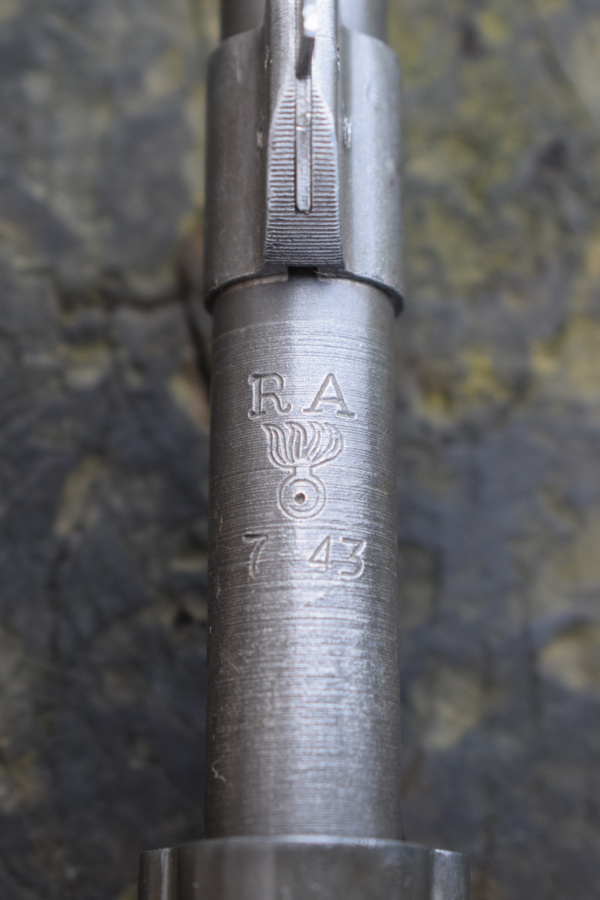
In the spirit of conservation and preservation I would be only too happy to take on any other projects that you have lurking in the back of the cupboard or your collection. I was trained in working with timber – I like the stuff – I like the items. They actually have soul, you can feel them respond as you work on them. They come back to life. Let me try to quote, but as you can see that is difficult.
Comments Off on Gun Case Restoration Project